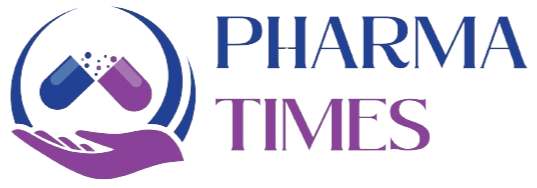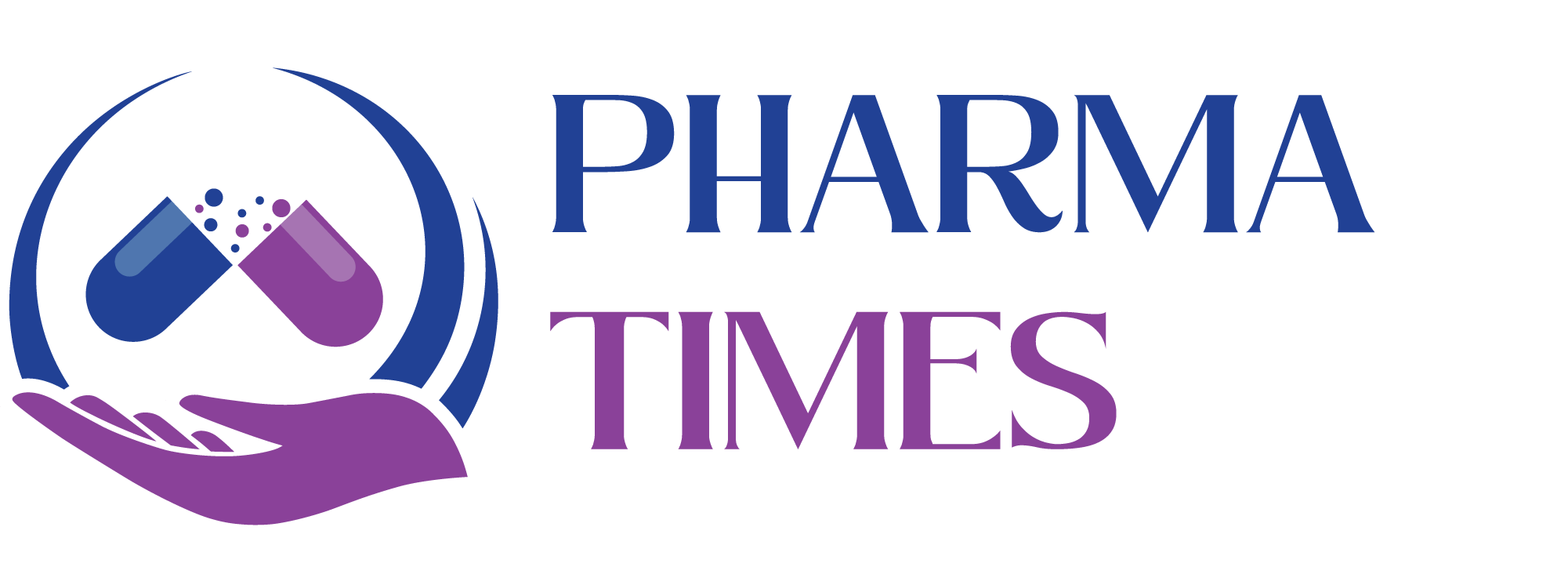SOP for Proper Disposal of Expired Finished Goods

1.0 Purpose
To establish a procedure for the safe, compliant, and documented disposal of expired finished goods in order to prevent unintended use, ensure environmental safety, and maintain regulatory compliance.
2.0 Scope
This SOP applies to all expired, damaged, or rejected finished goods stored in the warehouse or returned from the market at [Company Name].
3.0 Responsibility
-
Warehouse: Segregate expired finished goods and inform QA.
-
Quality Assurance (QA): Authorize and supervise disposal activity.
-
Production/Engineering: Provide support during destruction as applicable.
-
EHS (Environment, Health & Safety): Ensure disposal complies with environmental and safety regulations.
4.0 Definitions
-
Expired Finished Goods: Products that have passed their approved shelf life/expiry date.
-
Disposal/Destruction: Process of rendering expired goods unusable and non-recoverable through physical or chemical methods.
5.0 Materials and Equipment
-
Personal Protective Equipment (PPE)
-
Shredding/Crushing machine (if applicable)
-
Incinerator or approved disposal facility
-
Disposal bags/containers with labels
-
Disinfectant or neutralizing solution (if required)
6.0 Procedure
6.1 Identification and Segregation
-
Warehouse personnel shall review stock periodically to identify expired finished goods.
-
Segregate identified goods in a quarantine area labeled as “Expired – Not for Use.”
-
Update the Expired Goods Register with product details.
6.2 Authorization for Disposal
-
Prepare a Disposal Request Form containing product name, batch number, quantity, and expiry date.
-
QA shall review and approve the request.
-
Notify EHS for coordination of safe disposal.
6.3 Disposal Methods
Depending on the nature of the product:
-
Solid Dosage Forms (Tablets, Capsules, Powders):
-
Crush/shred mechanically and dispose of via incineration or landfill (through an authorized waste management vendor).
-
-
Liquid Dosage Forms (Syrups, Suspensions, Solutions):
-
Mix with absorbent material (e.g., sawdust, sand, or chemical neutralizer) before incineration.
-
-
Semi-solid Dosage Forms (Creams, Ointments, Gels):
-
Collect in containers, neutralize if required, and incinerate or send to authorized facility.
-
-
Injectables/Biologicals:
-
Autoclave if applicable, then incinerate in compliance with biomedical waste regulations.
-
6.4 Documentation and Record Keeping
-
Record the following details in the Finished Goods Disposal Logbook:
-
Product Name
-
Batch/Lot Number
-
Quantity Destroyed
-
Reason (Expired)
-
Disposal Method
-
Date of Disposal
-
Signatures of Warehouse, QA, and EHS representatives
-
-
Retain disposal certificates from the external authorized agency (if applicable).
6.5 Precautions
-
Ensure destruction renders the product irreversible and non-recoverable.
-
Never dispose of expired goods with general waste.
-
Follow local environmental laws and hazardous waste guidelines.
-
All staff involved must wear PPE.
7.0 Records
-
Expired Finished Goods Register
-
Disposal Request Form
-
Finished Goods Disposal Logbook
-
Certificate of Disposal (from authorized agency)
8.0 References
-
WHO TRS Guidelines
-
USFDA 21 CFR Part 211
-
EU GMP Guidelines
-
Local Environmental and Waste Disposal Regulations
🎓 Discover one of the best Complete Pharmaceutical Quality Assurance Course available —click below to explore the course that’s shaping future in QA Course skills.

